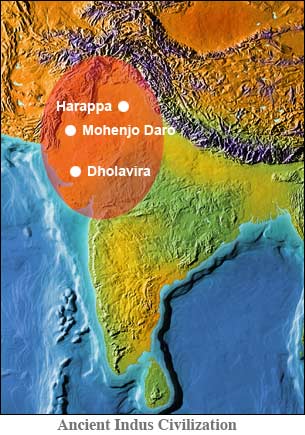how artificial intelligence machine learning deep learning disrupt the jobs
AI, ML, and DL have the potential to disrupt many jobs, particularly those that involve repetitive tasks or decision-making that can be automated. Some examples of jobs that may be impacted include data entry, customer service, and certain types of manual labor. On the other hand, jobs that require creativity, critical thinking, and human interaction are less likely to be impacted by these technologies. Additionally, the adoption of AI, ML, and DL may also lead to the creation of new jobs, such as data scientists, AI engineers, and ML developers.
AI, ML, and DL have the potential to automate many tasks, which can lead to job displacement. For example, self-driving cars could replace taxi and truck drivers, and chatbots could replace customer service representatives. Similarly, machine learning algorithms can process large amounts of data and make decisions faster and more accurately than humans, which could lead to the displacement of jobs such as data entry and analysis.However, it's important to note that the impact of AI, ML, and DL on jobs will depend on the specific industry and job function. For example, in healthcare, AI-driven systems can help medical professionals by providing them with more accurate diagnoses, which can ultimately improve the quality of care. In the field of finance, AI-driven systems can help reduce the cost of compliance and reduce the risk of fraud.
Additionally, the adoption of AI, ML, and DL is likely to create new jobs, such as data scientists, AI engineers, and ML developers. These jobs require specialized skills, such as knowledge of programming languages like Python, and experience working with large datasets and machine learning algorithms.
In summary, AI, ML, and DL have the potential to disrupt jobs, but the impact will depend on the specific industry and job function. Furthermore, the adoption of these technologies may also create new jobs that require specialized skills.
As AI, ML, and DL continue to advance, the scope of tasks that can be automated will likely expand. This means that more jobs may be affected in the future. The most vulnerable jobs are those that are routine, repetitive, and predictable, such as data entry and certain types of manual labor.
However, it's important to note that the impact of AI, ML, and DL on jobs will not be the same across all industries and regions. In some industries, such as manufacturing and transportation, the adoption of these technologies may lead to significant job displacement. In others, such as healthcare and education, the impact may be less significant.
Additionally, the impact of AI, ML, and DL on jobs will also depend on the specific country and region. Developed countries with high-skilled workforce and more diversified economy will likely experience less job displacement than developing countries with less diversified economy and lower-skilled workforce.
Furthermore, the adoption of AI, ML, and DL may also lead to changes in the nature of work. For example, jobs may become more data-driven and require more technical skills, such as programming and data analysis. This could lead to a shift in the skills that are in demand, which could have implications for workers who lack the necessary skills to adapt to the changing job market.
Overall, while AI, ML, and DL have the potential to disrupt jobs, the impact will depend on a variety of factors, including the specific industry, region and the skills of the workforce. It's important to consider the potential impact of these technologies on jobs and to develop strategies to mitigate any negative consequences, such as investing in retraining programs for workers whose jobs may be at risk.



Comments
Post a Comment